4 Most Famous Types and Varieties of Jasmine
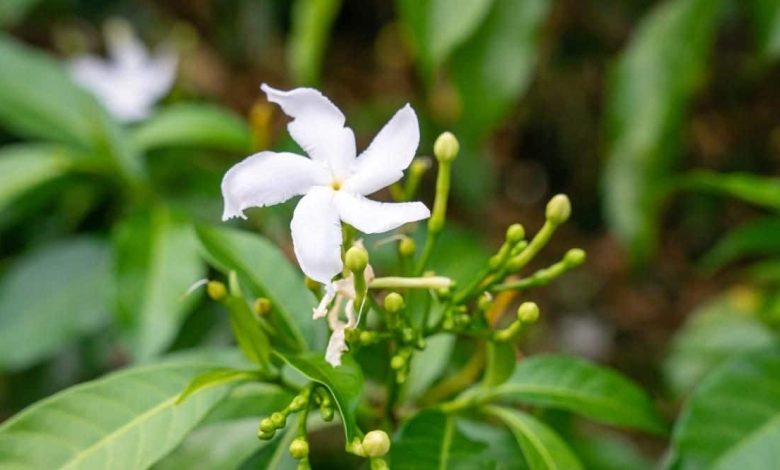
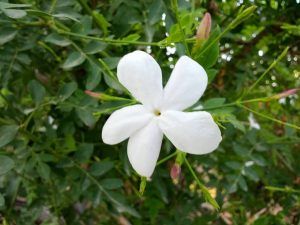 Jasmine is a plant of the Oliaceae family. It is rustic and delicate, with perennial and deciduous foliage.
Jasmine is a plant of the Oliaceae family. It is rustic and delicate, with perennial and deciduous foliage.
It has two hundred widely cultivated species of vines and shrubs, with an exquisite and sublime fragrance.The best known are the following:
jasmine officinale
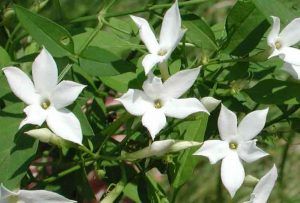 Climbing plant that can reach 6 meters in height, known by the names of summer jasmine, poet’s jasmine, white jasmine or common jasmine.
Climbing plant that can reach 6 meters in height, known by the names of summer jasmine, poet’s jasmine, white jasmine or common jasmine.
It is the native plant of Iran, Pakistan, India, Nepal, and Western China, making it the most widely cultivated species in those countries.
It is also in Romania, Yugoslavia, East Indies, France, Portugal, Italy and Florida in the United States, where it has been naturalized.It is a deciduous climber that has an enviable fragrance, of five-petaled white flowers with fuzzy, linear lanceolate leaves.
It is a summer plant, a friend of warm climates, which can be cultivated in other seasons in greenhouses if it is provided with the appropriate conditions.
It is of sublime beauty and is used in the industry in the production of essential oils for perfumes and aromatherapy due to its exquisite fragrance.It is also used as an ornament at residence entrances to decorate gardens or cover walls.
Jasmine officinale has medicinal properties and is used as an expectorant, astringent and sedative tonic.Its cultivation is practical because it should only be watered once a week, and once it has had production, it should be pruned to achieve the next harvest of flowers on young and strong branches.
Jasmine Nudiflorum
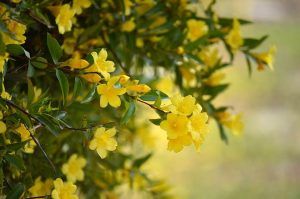 This variety, native to the mountains of Tibet, is known as winter jasmine, San José jasmine or yellow jasmine due to the color of its flowers.
This variety, native to the mountains of Tibet, is known as winter jasmine, San José jasmine or yellow jasmine due to the color of its flowers.
It is a sarmentose shrub with a resistant texture, rustic, good for gardens, family of the jasmine officinalis, but harder than this one.
The jasmine nudiflorum has beautiful flowers of an intense yellow color on the green background of its branches and its leaves with three lanceolate lobes, beauty with which it compensates for its lack of aroma, which differentiates it from the officinale variety.
Another difference is that this is the flower of winter, but even so, it resists extreme temperatures, high and low.The flowering period, which is abundant, runs from November to March, reaching its peak in January.
It is a plant of exotic beauty, three meters high, climbing, which is used to cover walls and decorate spaces in the house, regardless of whether it is planted in flower boxes, in pots or on terraces.
Jasmine nudiflorum should not be watered in the winter months, and it is advisable to prune it after flowering to strengthen it for the next season when, with new energy, it will produce radiant flowers, of course, provided it has a structure where it can grow. can fix and develop without problems.
Paraguayan Jasmine
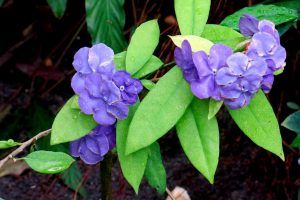 This variety of jasmine, from the Solanaceae group, whose scientific name is Jazminum multipartitum.
This variety of jasmine, from the Solanaceae group, whose scientific name is Jazminum multipartitum.
It is very curious because of the distinctive color of its flowers, which at the beginning are violet and with time they degrade, changing colors, from pale lavender to white.
This flowering makes this plant ideal for decorating open spaces, especially during the spring months.
Some thirty species are known from the tropical regions of America and the Antilles, and they are also called brunfelsiaes in honor of Dr. Otto Brunfels, a German Renaissance physician and botanist.
The Paraguayan jasmine, or Paraguayan, can measure three meters in height and has oval leaves of a bright green color, a little lighter on the underside, with a very dense branching.
It is a plant of warm and temperate climate, very sensitive to frost; we must have it in semi-shade, receiving sunlight during the coolest hours of the day.
Its flowering occurs during the summer, but can last until autumn, and the peculiarity of its perfume is that it spreads an aroma of coconut essence that makes it different from the others, which is why it is used in the cosmetic industry and elaboration. of perfumes.
Another of its important characteristics is that, if it is planted in warm places, it can have a new flowering process in January or February.
It is a plant with medicinal properties because it can be used as a sedative, anti-inflammatory, analgesic, for arthritis and rheumatism, and for the purification and stimulation of the lymphatic system.It relieves pain, colds, fevers, flu and fevers and is even useful for venereal diseases.
star jasmine
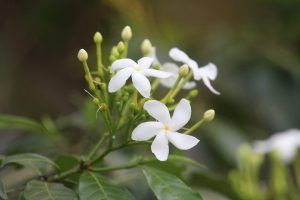 Beautiful vine plant with twisted woody stems, which is from the Apodinaceae family, unlike the other types of jasmine that are from the Oleaceae family, and its scientific-technical name is Trachelospermum jasminiodes.
Beautiful vine plant with twisted woody stems, which is from the Apodinaceae family, unlike the other types of jasmine that are from the Oleaceae family, and its scientific-technical name is Trachelospermum jasminiodes.
This variety of Jasmine is native to Japan and China from where it has migrated to America and Europe.It has sarmentose branches and shiny dark green leaves.
Its flowers are white and yellow formed by five petals, grouped in the form of a helix. Its aroma is very perfumed and appreciated for the way it floods the spaces where it has been planted.
Star jasmine is also known by the names of star jasmine, evergreen jasmine, Chinese jasmine, milk jasmine, and false jasmine, the latter because it tends to be confused with other species.
It is a vine, climber or climber, but it is not natural, so if we want to prevent it from growing as a bush, we must fix it in a place where it can climb.
It can be used to decorate walls, fences, or any space in the house, and it can be grown in pots and can even be planted in coastal areas by the sea, preserving it from strong winds.
That is why it adapts to places with high temperatures where it receives a lot of sun, but it is a versatile plant that can change its appearance several times a year.
During spring and summer, clusters of five-petaled white flowers emerge, and as it grows we must take measures to protect it from winter frosts because its growth is very slow in the early stages.
However, the versatility of scented jasmine is such that, as it develops, it reaches the point of withstanding temperatures of -10 degrees Celsius.

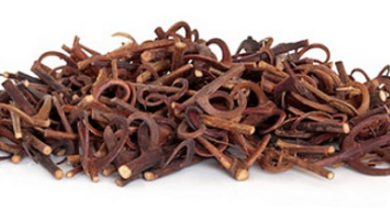
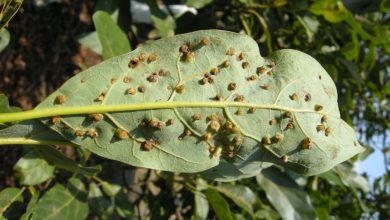

![Photo of Horsetail: [Properties, Benefits and Cultivation [Complete Guide]](https://www.complete-gardening.com/wp-content/uploads/2022/08/horsetail-properties-benefits-and-cultivation-complete-guide-390x220.jpg)